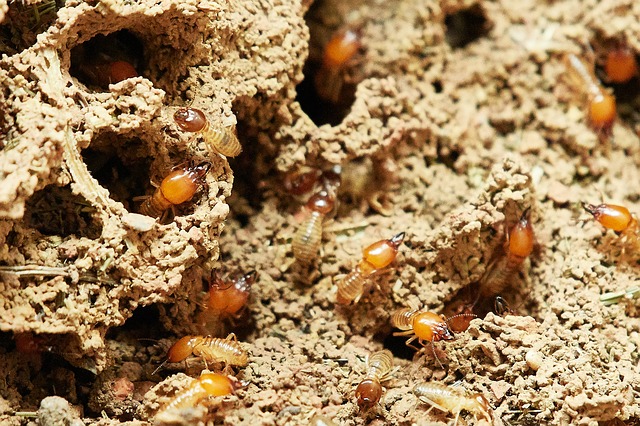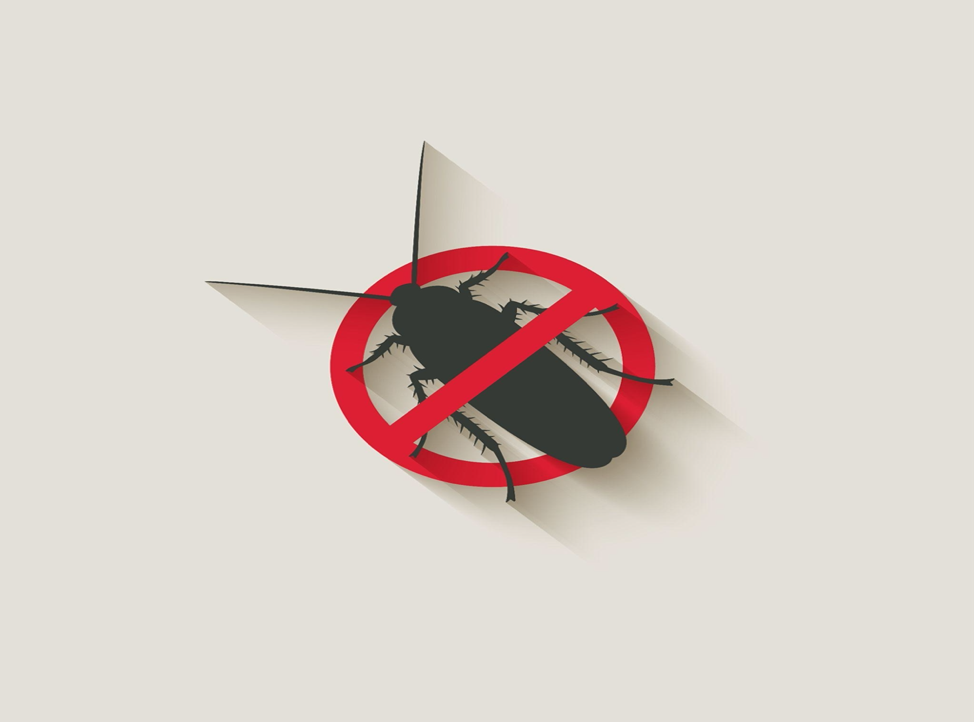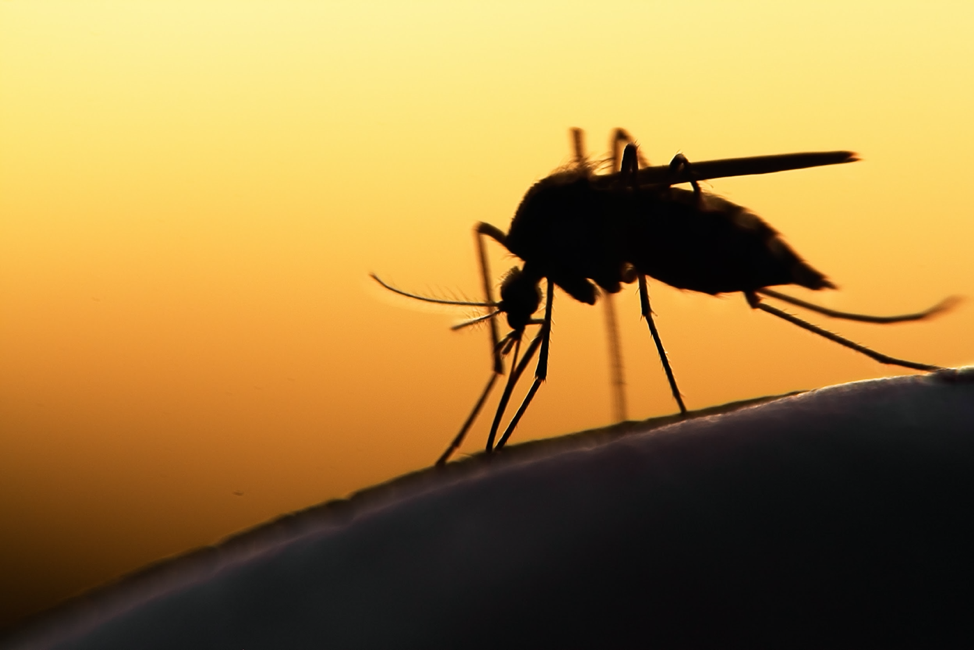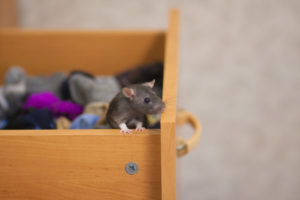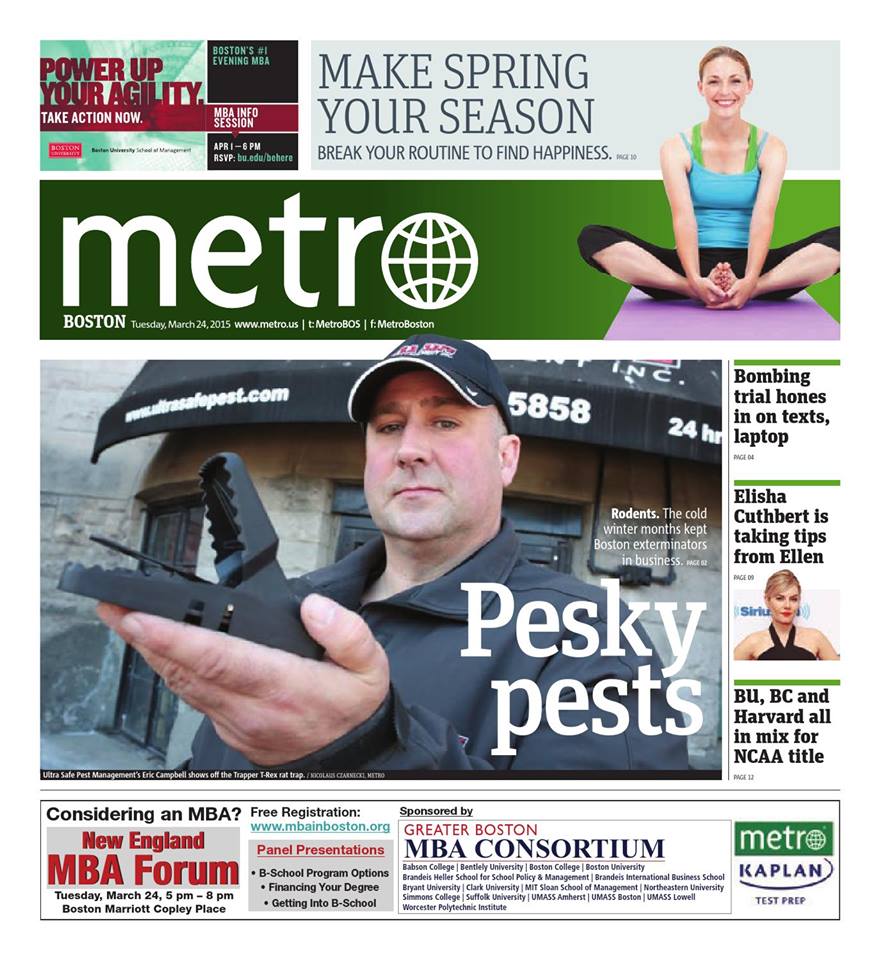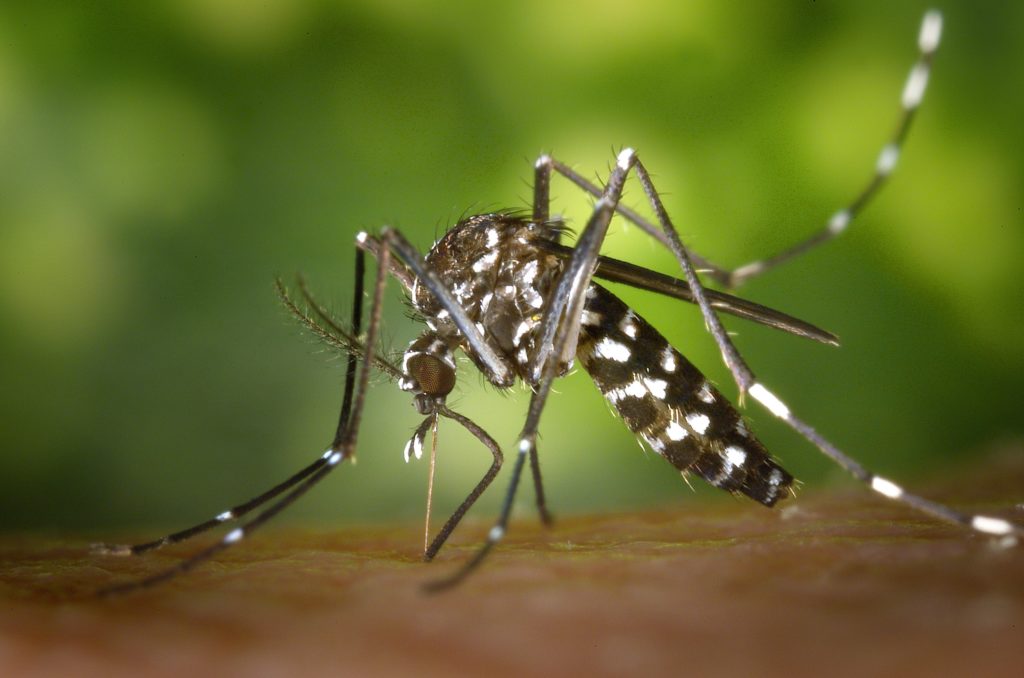
Insect-borne diseases, such as the ones from mosquitoes, sandflies, fleas, and ticks are inconvenient and dangerous as they can lead to bacterial and viral illnesses.
If your home or commercial property has a mosquito or tick problem, you should be aware of the problems they bring. This article breaks down some of the common health risks caused by these insects and how you can keep them away. Read on to know more!
What Health Risks Do Mosquitoes & Ticks Cause?
According to health experts, mosquitos carry potentially life-threatening diseases such as the Zika virus, malaria, West Nile virus, dengue, fever, yellow fever, and so on. Ticks, on the other hand, are known to transmit different types of diseases such as Lyme disease, rocky mountain spotted fever, and encephalitis, to name a few. Mosquitoes and ticks can bite you any time of the day and lead to severe symptoms if you’re not careful.
What Are the Common Symptoms of a Mosquito or Tick Bite?
- Fever
- Headache
- Chills
- Sore muscles
- Nausea
- Skin rash
- Stomach pain
Some of the more serious symptoms of a mosquito or a tick bite are:
- Difficulty breathing
- Swelling of your lips, tongue, or face
- Chest pain
- Feeling like your throat is closing up
- A racing heartbeat that lasts more than a few minutes
- Dizziness
- Vomiting
How to Keep Mosquitoes and Ticks Away?
Here are some handy measures you can follow to avoid being bitten:
- Always wear long or light-colored clothes if you are heading outdoors, irrespective of the time of the day. Light-colored clothes make it easier for you to spot insects on your person.
- Invest in a good mosquito repellant and follow the packaging instructions to use it effectively. Make sure to use a DEET or picaridin-based mosquito repellent for maximum efficacy.
- If you live in a mosquito-friendly area, make sure to install mosquito nets on your doors and windows. If you have a child you regularly take out on a stroller, remember to install mosquito nets on the strollers too.
- Living in a tick-friendly area means that you need to check your body, your child’s body, or your pets for any ticks that could have been brought in from the outside. We recommend taking a bath immediately after returning home.
- Wear long clothes such as long pants, full sleeves, and a hat when heading into wooded areas or areas with tall grass. Dressing so can help ensure that you expose a minimum amount of skin to insect bites.
- Properly maintain your yard and garden. Overgrown bushes, tall grasses, and rotten trees are breeding grounds for ticks and other parasites. Make sure to get rid of pest-ridden vegetation as soon as possible. In the meantime, you can keep your children and pets away from them.
- Avoid traveling to countries where heavy pest outbreaks occur during specific seasons.
- Always change or drain stagnant water within your surroundings to prevent mosquito/tick in-breeding.
Looking for an experienced local pest expert providing pest management services? Look no further than Ultra Safe Pest Management! Our team of well-qualified experts offer customized pest control solutions to ensure your well-being. We are equipped with innovative techniques and advanced technological infrastructure for pest control. If you have questions for us, call us at 866-472-5858.


